Bad Companion Plants For Mint That Will
Mint is a popular herb that is known for its refreshing taste and aromatic qualities. It can be used in a variety of dishes, as well as in teas and other beverages. Mint is also a relatively easy plant to grow, but it is important to be aware of its companion plants. Some plants do not do well when planted near mint, and can even be harmful to its growth.
In this blog post, we will discuss some of the bad companion plants for mint. We will also provide some tips on how to plant mint so that it can thrive.
What are Bad Companion Plants for Mint?
There are a few plants that should not be planted near mint. These plants include:
- Basil: Basil and mint are both Mediterranean herbs, but they have different water and nutrient requirements. Basil prefers drier soil, while mint prefers moist soil. If planted too close together, basil can stunt the growth of mint.
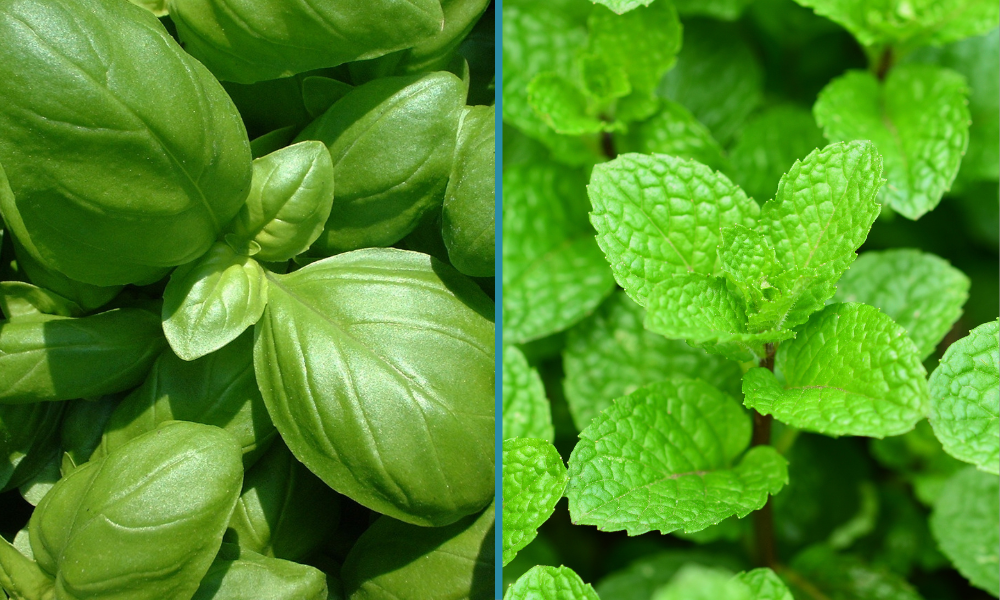
- Lavender: Lavender and mint have similar water requirements, but they have different pH preferences. Lavender prefers slightly alkaline soil, while mint prefers slightly acidic soil. If planted too close together, lavender can make the soil too alkaline for mint, which can stunt its growth.

- Rosemary: Rosemary and mint have similar water requirements, but they have different sun exposure requirements. Rosemary prefers full sun, while mint can tolerate partial shade. If planted too close together, rosemary can shade out mint, which can stunt its growth.
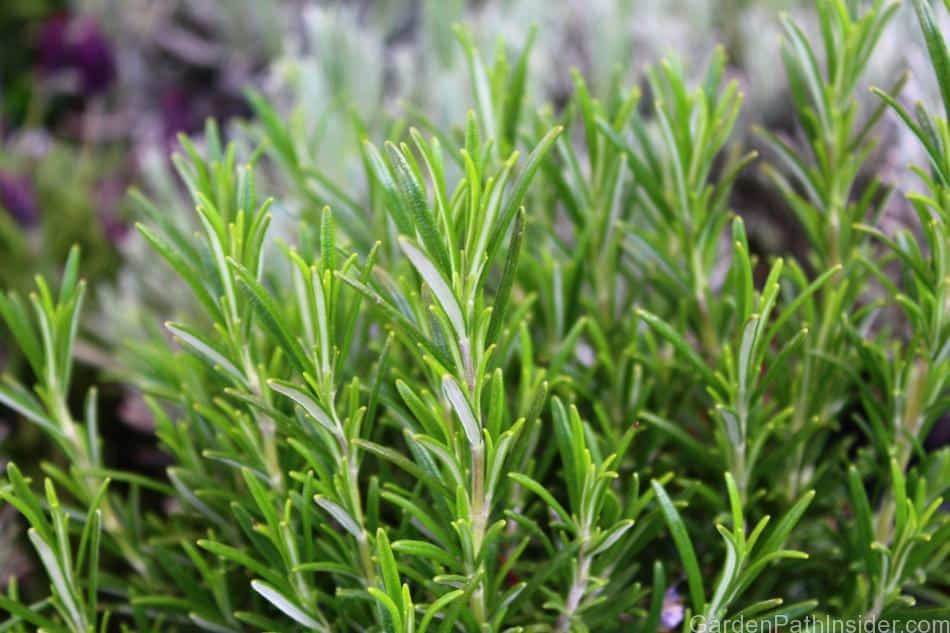
- Sage: Sage and mint have similar water requirements, but they have different soil preferences. Sage prefers well-drained soil, while mint prefers moist soil. If planted too close together, sage can make the soil too dry for mint, which can stunt its growth.
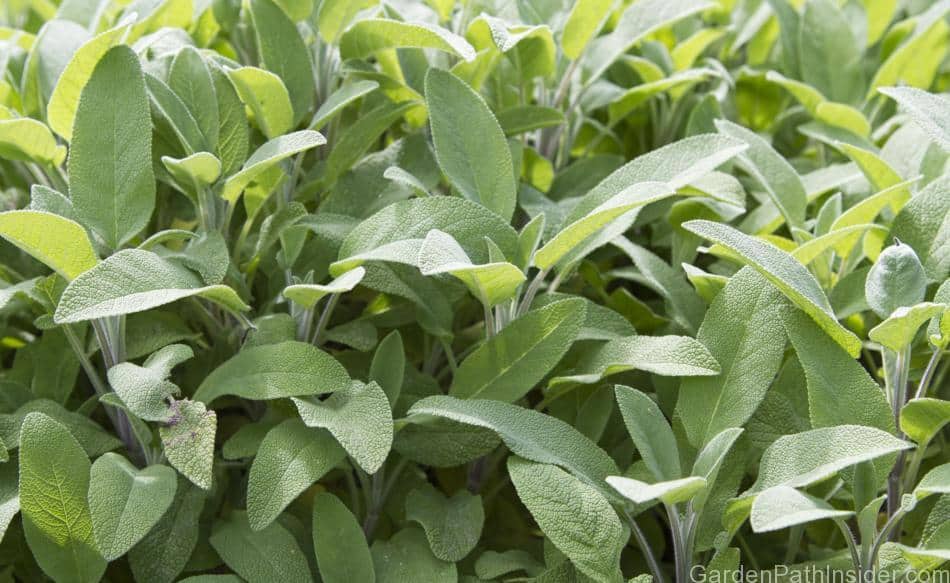
- Thyme: Thyme and mint have similar water requirements, but they have different sun exposure requirements. Thyme prefers full sun, while mint can tolerate partial shade. If planted too close together, thyme can shade out mint, which can stunt its growth.
- Chamomile: Chamomile and mint have similar water requirements, but they have different soil preferences. Chamomile prefers alkaline soil, while mint prefers acidic soil. If planted too close together, chamomile can make the soil too alkaline for mint, which can stunt its growth.
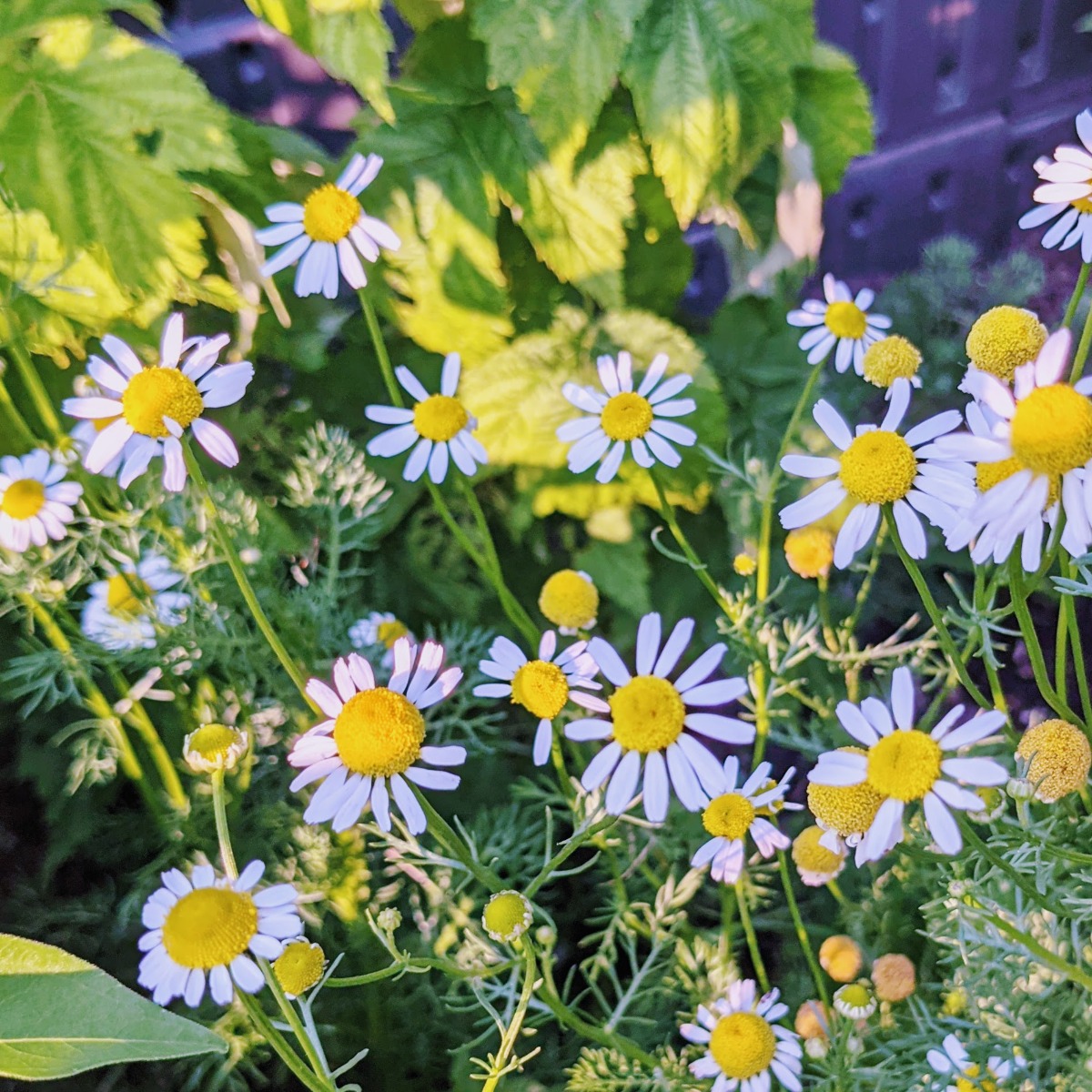
- Parsley: Parsley and mint have similar water requirements, but they have different growth habits. Parsley is a biennial plant, meaning it grows for two years before dying. Mint is a perennial plant, meaning it can live for many years. If planted too close together, parsley can be overwhelmed by the growth of mint.
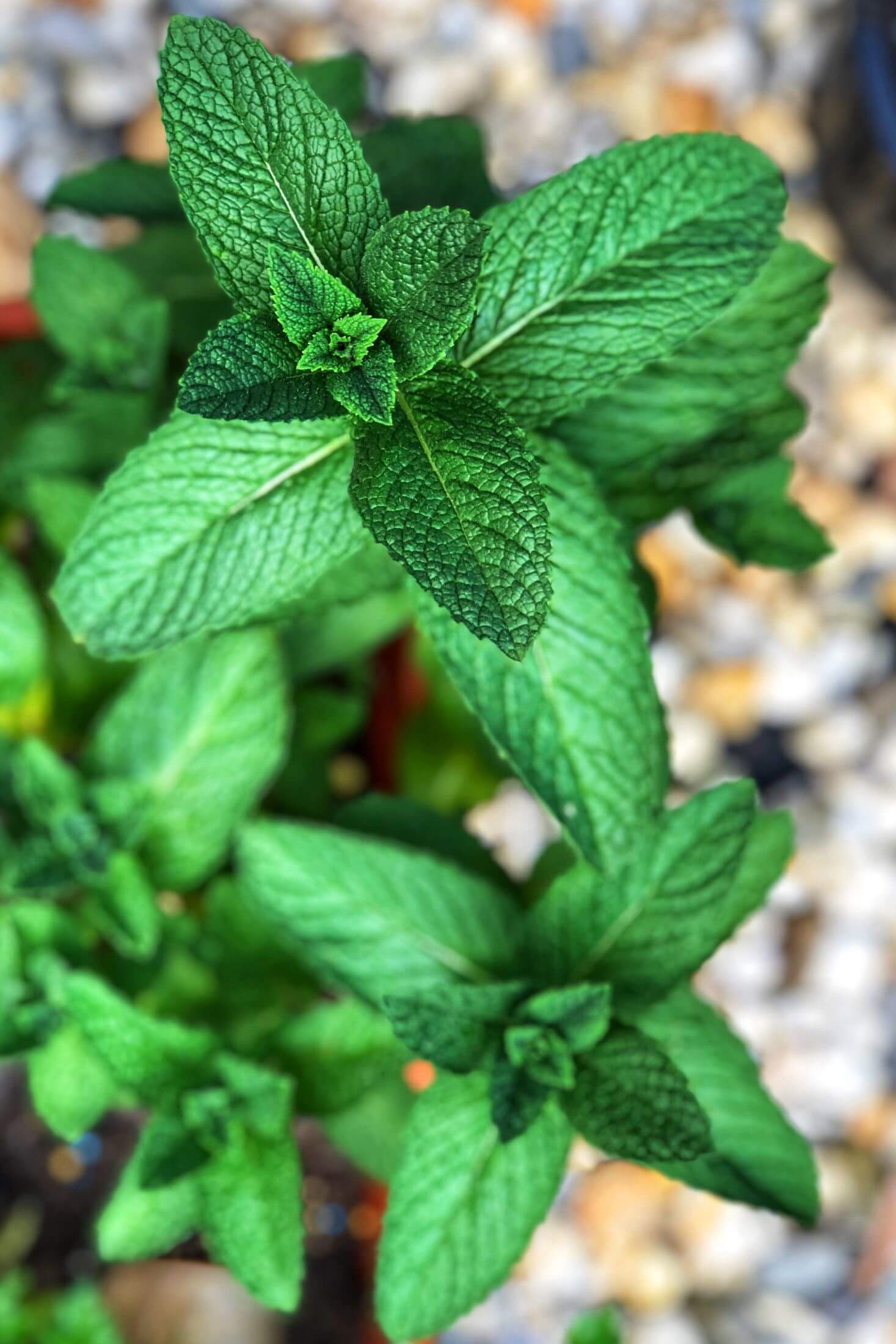
How to Plant Mint
If you want to plant mint, it is important to choose a location that is well-drained and receives partial shade. Mint can tolerate full sun, but it will grow better in partial shade. The soil should be moist but not soggy.
When planting mint, dig a hole that is twice as wide as the root ball of the plant. Add some compost or manure to the soil to improve drainage and fertility. Place the plant in the hole and backfill with soil. Water the plant well.
Once the plant is established, you can water it as needed. Mint is a drought-tolerant plant, but it will appreciate regular watering during hot, dry weather.
To prevent mint from spreading too much, you can plant it in a container. A large pot or planter is best. Make sure the pot has drainage holes to prevent the soil from becoming soggy.
Conclusion
Mint is a beautiful and fragrant herb that can add a lot of flavor to your dishes. However, it is important to be aware of its companion plants. Some plants do not do well when planted near mint, and can even be harmful to its growth.
If you are planning to plant mint, be sure to choose a location that is well-drained and receives partial shade. You can also plant mint in a container to prevent it from spreading too much.
By following these tips, you can enjoy the benefits of mint without having to worry about it harming your other plants.
Mint is a versatile herb that can be used in a variety of dishes, but it's important to know which plants it should be paired with. Some companion plants can actually help to improve the growth and flavor of mint, while others can stunt its growth or even kill it.
If you're planning on planting mint in your garden, it's important to avoid planting it near any of the following plants:
- Lavender
- Rosemary
- Sage
- Oregano
- Thyme
- Basil
- Chamomile
- Parsley
- Strawberries
These plants are all competing with mint for the same resources, such as water and nutrients. As a result, planting them together can lead to stunted growth and even death.
If you're looking for companion plants that will help mint to thrive, you'll want to consider planting it near the following:
- Carrots
- Cabbage
- Collard greens
- Marigolds
- Tomatoes
These plants can help to deter pests and diseases that can damage mint plants.
For more information about bad companion plants for mint, please visit Garden Wiki.
FAQ of bad companion plants for mint
What are some bad companion plants for mint?
Mint is a very invasive plant, and its roots can quickly spread and crowd out other plants. Some of the worst companion plants for mint include:
- Basil: Basil and mint are both Mediterranean herbs, but they have different water and nutrient requirements. Basil prefers drier soil and more sunlight, while mint prefers moist soil and partial shade. Planting them together can stress both plants and make them more susceptible to pests and diseases.
- Lavender: Lavender and mint have similar water and nutrient requirements, but their roots can compete for space. This can lead to stunted growth and even death for one or both plants.
- Rosemary: Rosemary and mint have different water and nutrient requirements, and their roots can also compete for space. Planting them together can stress both plants and make them more susceptible to pests and diseases.
- Sage: Sage and mint have similar water and nutrient requirements, but their roots can compete for space. This can lead to stunted growth and even death for one or both plants.
- Thyme: Thyme and mint have similar water and nutrient requirements, but their roots can compete for space. Planting them together can stress both plants and make them more susceptible to pests and diseases.
What happens if I plant mint next to these plants?
If you plant mint next to any of these plants, it is likely that the mint will eventually outgrow and crowd out the other plant. This can lead to stunted growth, wilting, and even death for the other plant. In some cases, the mint may even release chemicals that can inhibit the growth of the other plant.
How can I prevent mint from overtaking my garden?
There are a few things you can do to prevent mint from overtaking your garden:
- Plant mint in a pot: This is the best way to contain the mint's growth. Make sure the pot is large enough for the mint to spread out, but not so large that it will outgrow the pot.
- Divide the mint every year: Mint plants can quickly become overcrowded. To prevent this, divide the plant every year in the spring or fall. This will help to keep the plant healthy and vigorous.
- Use a barrier: If you must plant mint in the ground, you can use a barrier to prevent it from spreading. A barrier can be made of plastic, metal, or even cardboard.
- Keep an eye on the mint: Even if you take precautions, it is still important to keep an eye on the mint. If you see it starting to spread, take action immediately to contain it.
What are some good companion plants for mint?
There are a few plants that can tolerate mint's invasive nature and actually benefit from being planted nearby. Some of these good companion plants for mint include:
- Carrots: Mint can help to deter carrot flies and other pests.
- Tomatoes: Mint can help to improve the flavor of tomatoes.
- Broccoli: Mint can help to repel cabbage moths and other pests.
- Cucumbers: Mint can help to deter cucumber beetles and other pests.
- Lettuce: Mint can help to repel aphids and other pests.
Image of bad companion plants for mint
- Oregano. Mint and oregano are both strong-flavored herbs that can compete with each other for water and nutrients. Planting them together can stunt their growth and make them less flavorful.
- Rosemary. Like oregano, rosemary is another herb that can be aggressive and take over a garden. Planting it near mint can crowd out the mint and prevent it from thriving.
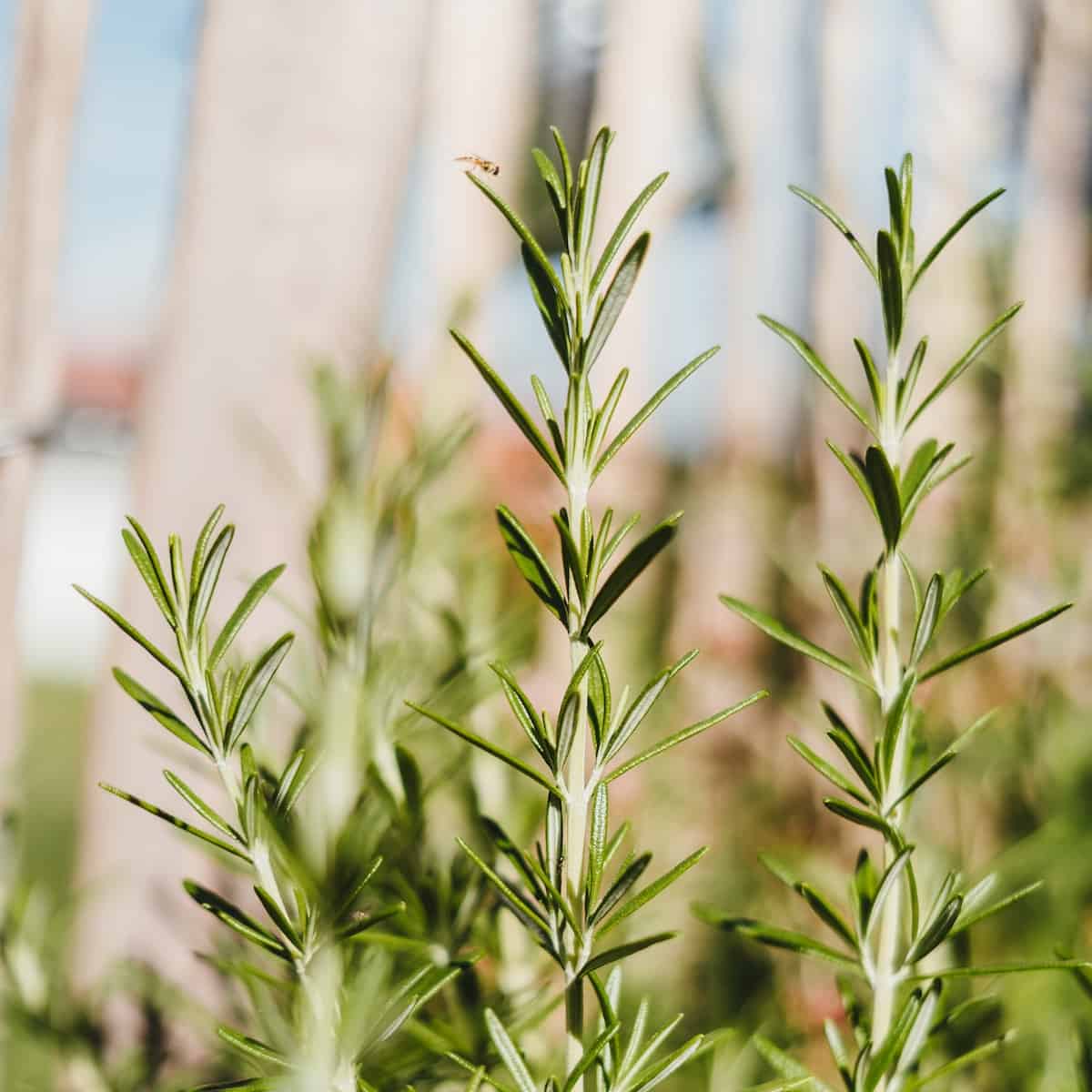
- Basil. Basil and mint are both members of the mint family, so they can compete with each other for resources. Planting them together can weaken both plants and make them more susceptible to pests and diseases.
- Lavender. Lavender and mint have different water needs, so planting them together can lead to one plant getting too much water and the other getting too little. This can stress both plants and make them more susceptible to problems.
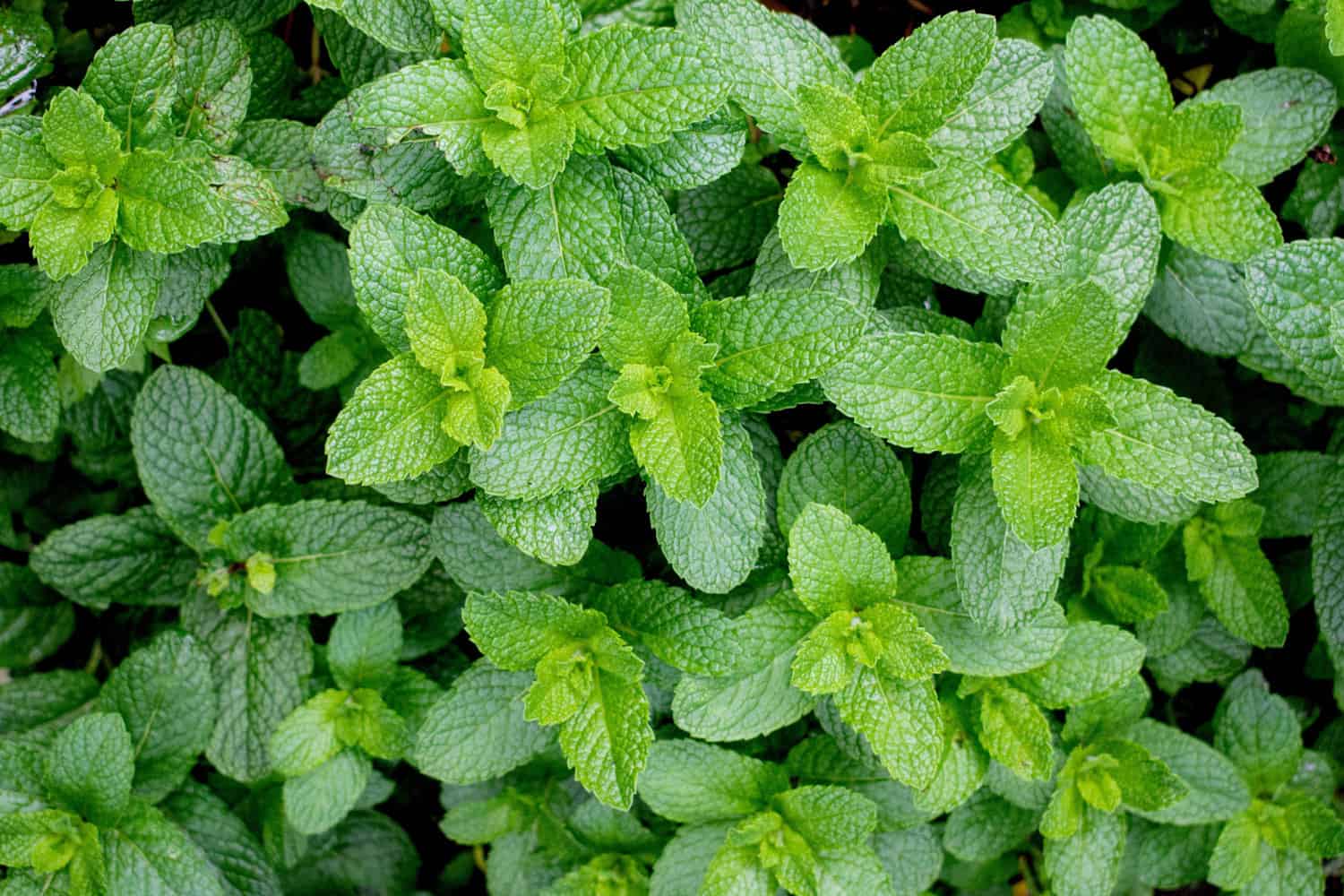
- Sage. Sage and mint have similar growth habits, so planting them together can lead to them crowding each other out. This can stunt their growth and make them less productive.

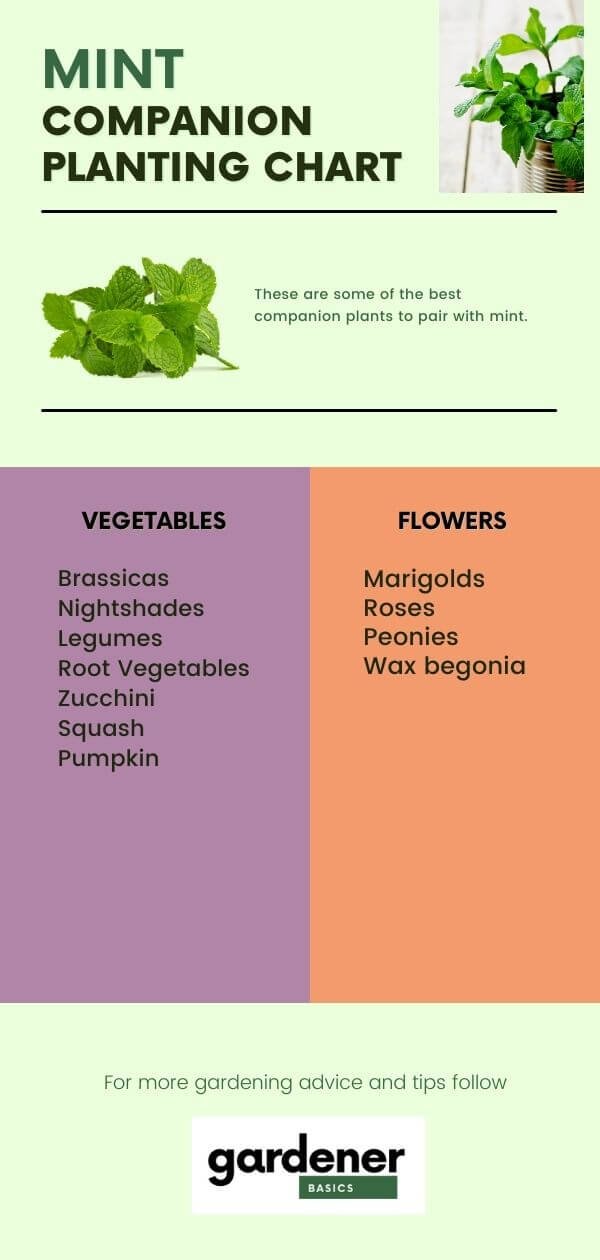

Post a Comment for " Bad Companion Plants For Mint That Will"